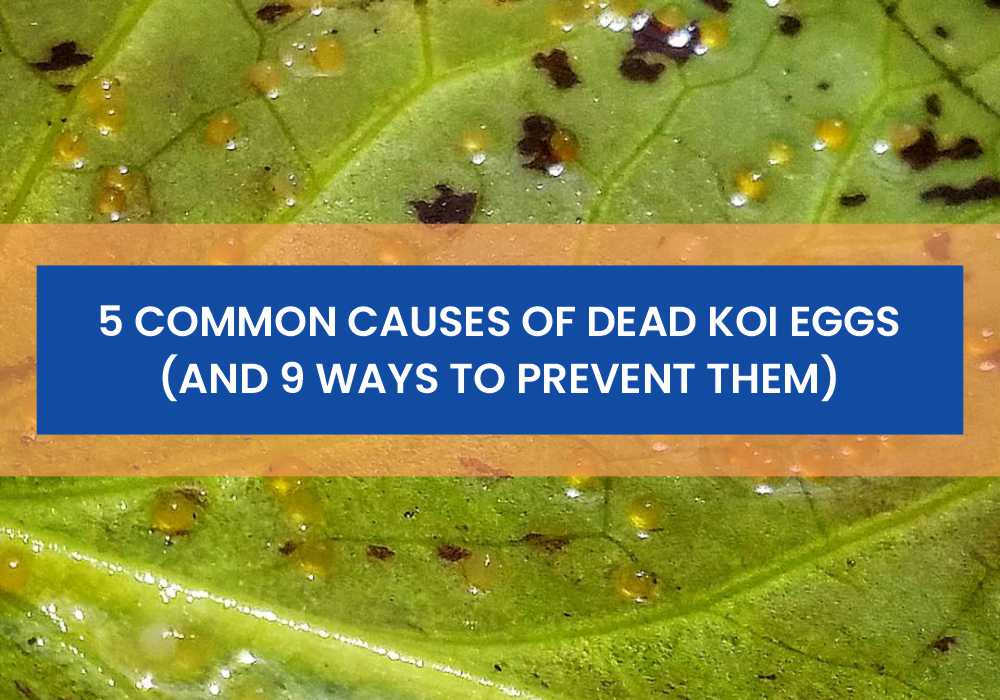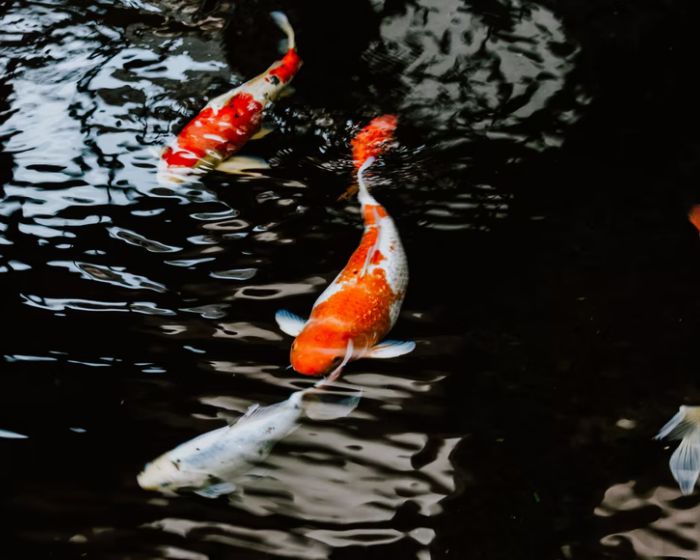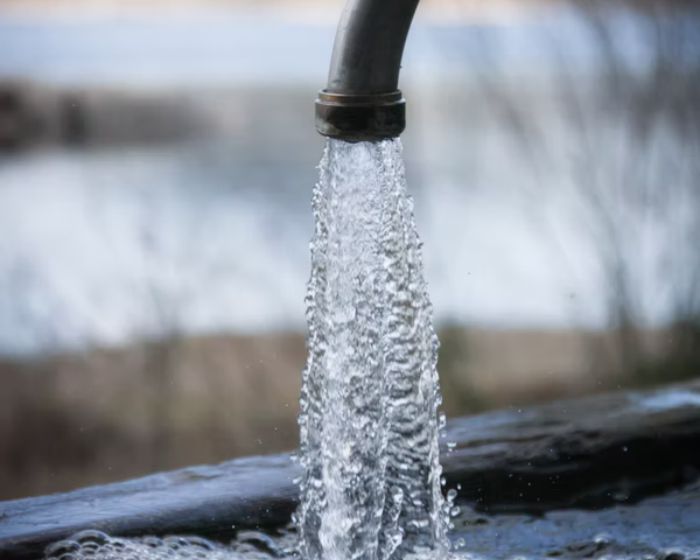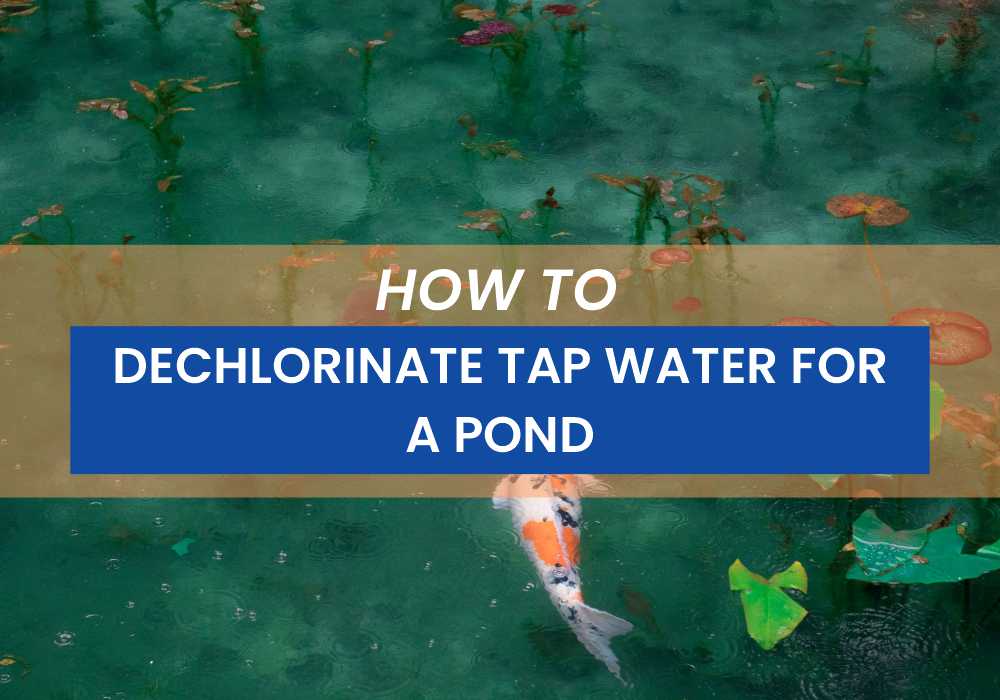As an Affiliate, We may earn a commission that doesn't cost you extra from qualifying purchases using links in this post. It helps keeps this blog running.
Koi are a popular type of fish often kept in outdoor ponds. These colorful and hardy fish can add beauty and life to any pond, but they require proper care and attention to thrive. One common problem that koi owners may face is the occurrence of dead koi eggs. Dead koi eggs can be a result of a variety of factors, such as poor water quality, low oxygen levels, or the presence of predators.
Preventing dead koi eggs is important for maintaining a healthy koi population. Dead koi eggs can harbor bacteria and other harmful organisms, which can spread and affect the health of the other fish in the pond. In addition, if left unchecked, dead koi eggs can contribute to the overall decline of the koi population by reducing the number of new fish being born. By taking steps to prevent dead koi eggs, koi owners can help ensure the health and vitality of their koi pond.
5 Common Causes of Dead Koi Eggs
There are several common causes of dead koi eggs and some of the most prominent ones are listed as follows:
1) Poor Water Quality
Poor water quality is one of the most common causes of dead koi eggs. Koi eggs need clean, well-oxygenated water to develop properly. If the water in the pond is contaminated with high levels of ammonia or nitrite, or if there is a lack of oxygen, the eggs may not hatch or may die before hatching. In addition, high levels of algae in the water can block sunlight and reduce oxygen levels, leading to dead koi eggs. To prevent this, it is important to regularly test the water and perform water changes as needed to maintain good water quality.
2) Temperature Fluctuations
Temperature fluctuations can be a cause of dead koi eggs. Koi eggs require a consistent, stable temperature in order to develop properly. If the water temperature fluctuates too much, it can cause the eggs to die or prevent them from hatching. The ideal temperature for koi eggs is between 77 and 86 degrees Fahrenheit.
To prevent temperature fluctuations from causing dead koi eggs, it is important to maintain stable water temperatures in the pond. This can be done in a number of ways. One option is to use a pond heater to keep the water at a constant temperature (See recommended pond heater here). Another option is to use a pond thermometer to monitor the water temperature and make adjustments as needed. In addition, adding plants to the pond can help to regulate the water temperature and provide shade to keep the water cool. By taking these steps, koi owners can help prevent temperature fluctuations and ensure the health of their koi eggs.
3) Low Oxygen Levels
Low oxygen levels in the water can also cause dead koi eggs. Koi eggs need oxygen to develop properly, and if the water is low in oxygen, the eggs may not hatch or may die before hatching. In addition, low oxygen levels can cause other health problems for the koi, such as stress and reduced growth. To prevent this, it is important to provide sufficient aeration in the pond. This can be done through the use of an aeration system or by adding plants to the pond, which can help to increase oxygen levels.
4) Presence of Predators
The presence of predators can also lead to dead koi eggs. Common predators of koi eggs include birds, frogs, and other fish. These predators can eat the eggs, preventing them from hatching. To prevent this, it is important to protect the koi eggs from predators. This can be done by using netting or installing a predator-proof barrier around the pond.
5) Inadequate Nutrition
Inadequate nutrition can cause dead koi eggs by preventing proper development. Koi eggs need a balanced diet to develop properly, and if the adult koi that are producing the eggs are not receiving the proper nutrients, the eggs may not hatch or may die before hatching.
Poor nutrition can also lead to other health problems for the koi fry, such as stunted growth or reduced immune function. To prevent this, it is important to provide a balanced diet for the adult koi, through the use of high-quality commercial koi food or natural foods. By providing a balanced diet, koi owners can help prevent dead koi eggs and ensure the health and vitality of their koi population.
5 Symptoms of Dead Koi Eggs
Symptoms of dead koi eggs can help koi owners identify when there is a problem with their koi eggs. Dead koi eggs can harbor bacteria and other harmful organisms, which can spread and affect the health of the other fish in the pond. In addition, if left unchecked, dead koi eggs can contribute to the overall decline of the koi population by reducing the number of new fish being born. By identifying the symptoms of dead koi eggs, koi owners can take steps to remove them and prevent future incidents.
Some common symptoms of dead koi eggs include:
1) Changes in Egg Appearance:
To identify dead koi eggs, koi owners should first look for any changes in the appearance of the eggs. Healthy koi eggs are typically clear or pale in color, with a small black dot visible inside. Dead koi eggs, on the other hand, may appear cloudy or discolored.
2) They Appear Shrunken or Deflated:
Dead koi eggs may appear shrunken or deflated, with the black dot no longer visible. This is because the eggs have lost moisture and are no longer viable. The black dot, which is visible in healthy koi eggs, is the developing koi embryo. In dead koi eggs, the black dot is no longer visible, indicating that the embryo has died. This can be a clear sign that the eggs are no longer viable and should be removed from the pond.
3) Foul-Smelling Water (Distinctive Odour):
Dead koi eggs can produce a foul odor, which can be an indication of bacterial growth or that something is wrong. If koi owners notice any foul distinctive odor in their pond during the spawning period of their koi, they should inspect the koi eggs and look for other symptoms, such as changes in appearance or reduced koi activity. By removing dead koi eggs, koi owners can prevent the spread of harmful bacteria and maintain the health of their koi population.
4) Cloudy or Discolored Water:
Dead koi eggs can release bacteria and other harmful substances into the water, which can cause the water to become cloudy or discolored. This can be a sign that there is a problem with the koi eggs, and koi owners should take steps to remove the dead eggs to prevent further contamination of the water. Maintaining good water quality is important for the health of the koi population, and removing dead koi eggs can help to prevent problems.
5) Reduced Koi Activity:
Koi eggs typically hatch within a few weeks, and the presence of healthy eggs can encourage koi activity in the pond. If the eggs do not hatch or die before hatching, the koi may become less active.
By identifying these symptoms, koi owners can take steps to remove dead koi eggs and prevent future incidents. This can help to maintain the health and vitality of the koi population in the pond.
9 Brilliant Ways To Prevent Future Incidents of Dead Koi Eggs
Preventing future incidents of dead koi eggs is essential for maintaining a healthy koi population. Dead koi eggs can harbor bacteria and other harmful organisms, which can spread and affect the health of the other fish in the pond. If left unchecked, dead koi eggs can contribute to the overall decline of the koi population by reducing the number of new fish being born. By taking steps to prevent dead koi eggs, koi owners can help ensure the health and vitality of their koi pond.
Below are 9 brilliant ways to prevent dead koi eggs:
- Regularly test the water and perform water changes as needed to maintain good water quality
- Provide sufficient aeration in the pond, through the use of an aeration system or by adding plants
- Protect the koi eggs from predators by using netting or installing a predator-proof barrier around the pond
- Maintain stable water temperatures, through the use of a water heater or other temperature control methods
- Provide a balanced diet for the koi to ensure proper nutrition for the eggs.
- Avoid overstocking the pond, as this can lead to increased competition for food and oxygen
- Keep the pond clean and free of debris, as this can harbor bacteria and other harmful organisms
- Avoid introducing new fish or plants to the pond without properly quarantining them first
- Monitor the koi eggs regularly to identify any problems early on and take action as needed

I’m Akin Bouchard. Even though I now own several different fish species, I first became a koi pond owner because I loved these creatures and wanted to turn my passion into something more serious. I take pride in my collection of koi fish and love sharing my knowledge with others interested in these beautiful creatures.
A Comprehensive Guide to Training Your Fish to Perform Amazing Tricks Feats




